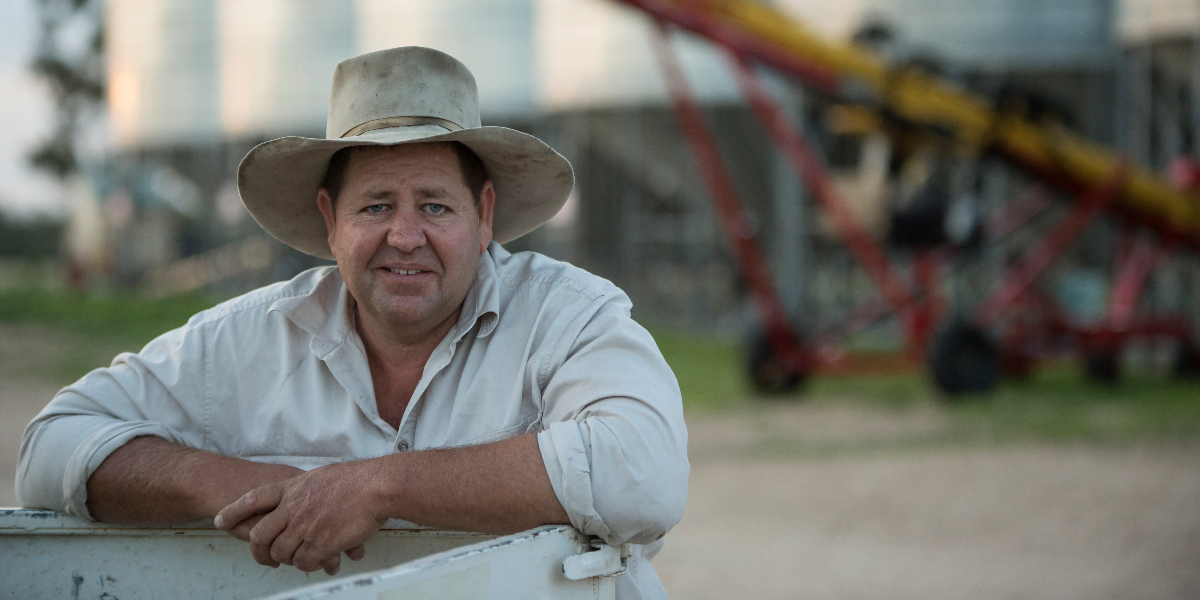Farmers say an explosion in feral pig numbers on public lands in the north and west of the state has resulted in massive damage to properties and livestock.
Across the state more than 34,000 hoofed feral animals – including pigs, deer and goats – had been culled since November, but the feral pig population was still enormous.
New England farmer and NSW Farmers member Peter Mailler was still seeing them run across his front lawn at North Star, and he said they presented a huge biosecurity risk if not controlled.
“They’re doing enormous damage to property and the numbers are as bad as I’ve ever seen them,” Mr Mailler said.
“We need effective pest control management plans with the resources and commitment of all parties to tackle feral pests and weeds so we can get on top of them and stay on top of them.
“Farmers can’t do this individually – pigs and other pests don’t respect property boundaries, the state needs to ramp up efforts and do the job properly.”
According to the NSW Government, feral pigs were a “key threatening process” as they spread weeds and disease, hunt native animals and damage the environment. They also posed a problem for farmers as they preyed on newborn lambs, eat and destroy grain crops and pastures, and damage fences.
Bronwyn Petrie from the NSW Farmers Conservation and Resource Management Committee said while farmers were active in trying to control pest animals and weeds on their properties, a lack of effective control on public lands was undermining their efforts.
“Farmers know that’s where the pigs are breeding because we see them coming onto our farms from public lands,” Mrs Petrie said.
“Yet over the past seven years there hasn’t been a single prosecution on public land managers for animal pests.”
“Unless there is an urgent and coordinated control effort on all land – public and private – this problem will only get worse.”
Tamworth sheep producer Norm Thomas said he lost 120 lambs this year – estimated to be worth about $24,000 – to feral animals, and agreed there needed to be a major control effort.
“We’re not sure if they were killed by pigs or wild dogs, but I’m pretty sure they were pigs,” Mr Thomas said.
“The problem here is that not every landholder wants to do their part in controlling pest animals, but that just gives them safe country to breed in.
“You hear these politicians talk about the importance of biosecurity, and yet they allow this huge biosecurity threat to run roughshod across the state.”
Mrs Petrie said NSW Farmers had called for a commitment from both sides of politics to tackle the issue, by establishing an independent Natural Resource Regulator to coordinate and enforce management of public lands including National Parks (which take up 10 per cent of the state’s total area) and other Crown lands, a commitment to ongoing funding and resourcing for National Parks management, and sustainable funding to Local Land Services for pests and weeds management to build long-term resourcing certainty.
“The agencies and organisations are there, the rules are there, there just need to be resources and enforcement,” Mrs Petrie said.
“Regardless of who owns a piece of land, everyone has a responsibility to do their part in keeping pests and weeds under control.”
“We can see huge problems on the horizon if we don’t do this job properly.”
Top image: Pete Mailler (supplied)
Have something to say about this story? Submit your own opinion piece, or quick word, to The Net.

